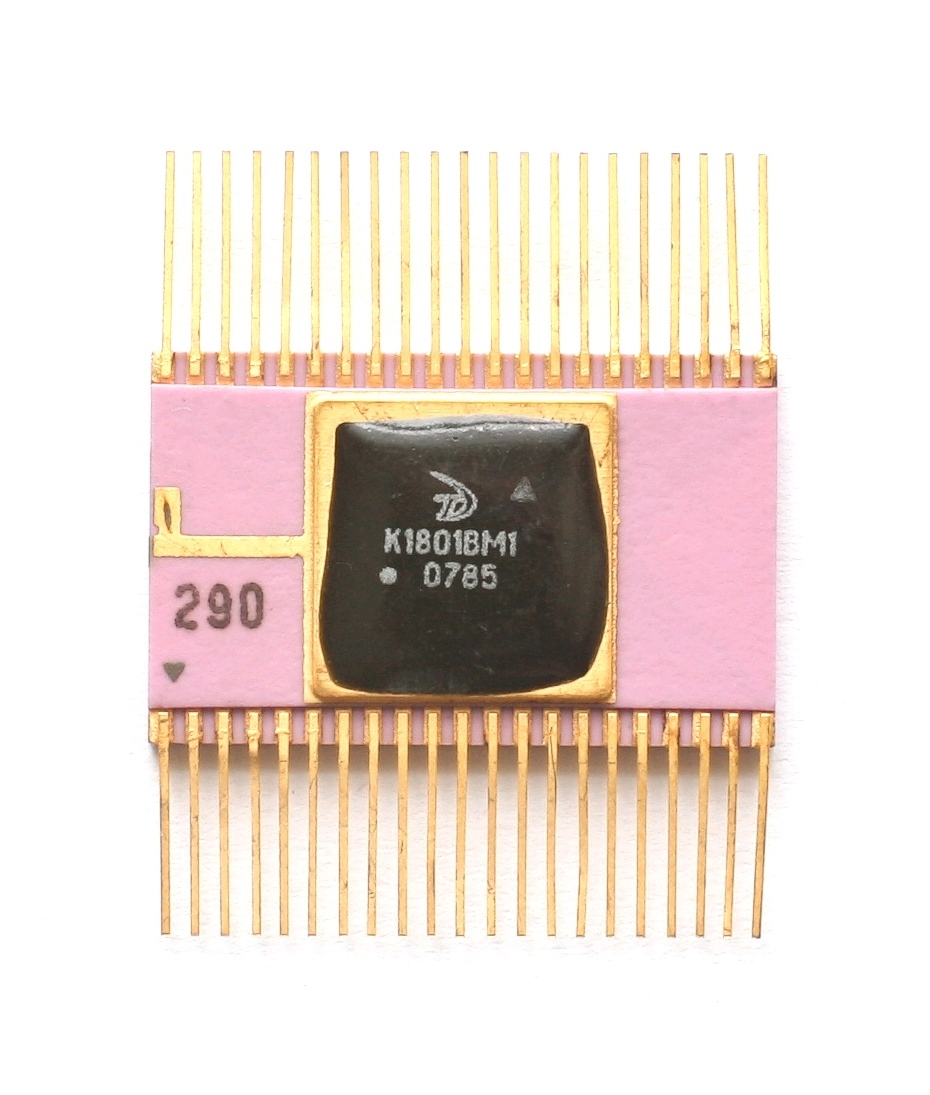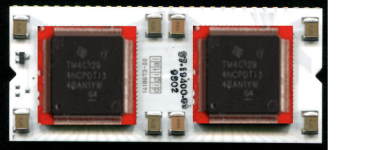I have always been very interested in the PDP-11 series, and recently I really want a PDP-11/70. I am wondering whether it is possible to re-produce a new machine, although it may not be possible to make all components exactly the same.
First, use verilog describe all the SSI components used in the machine
Then integrate each CPU/FPU/MEM board and the entire system according to the circuit in the engineering drawing, and run the simulation
Draw the PCB of the CPU/FPU/MEM board/backplane according to the original size and pin assignment, manufacture and solder each 74 series components, guarantee that these are exactly the same as the original design
Use modern power supplies, fans, and SSDs to emulate tape/disk and other external storage components
Custom Chassis/Front Panels
Integrate all the above components to complete the whole machine
Is such a re-produced machine valuable?
First, use verilog describe all the SSI components used in the machine
Then integrate each CPU/FPU/MEM board and the entire system according to the circuit in the engineering drawing, and run the simulation
Draw the PCB of the CPU/FPU/MEM board/backplane according to the original size and pin assignment, manufacture and solder each 74 series components, guarantee that these are exactly the same as the original design
Use modern power supplies, fans, and SSDs to emulate tape/disk and other external storage components
Custom Chassis/Front Panels
Integrate all the above components to complete the whole machine
Is such a re-produced machine valuable?






